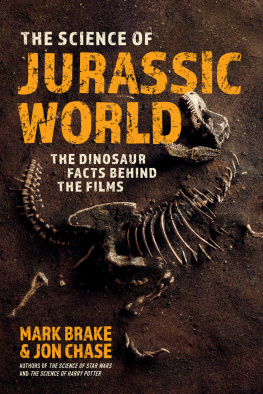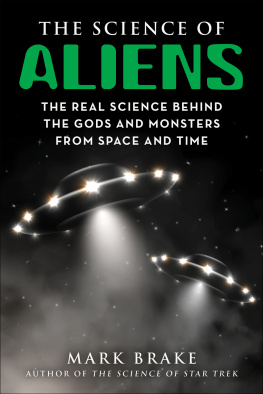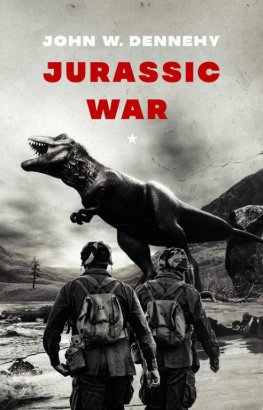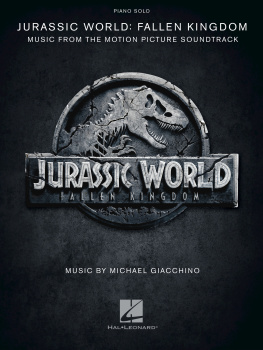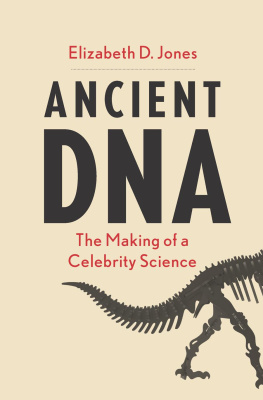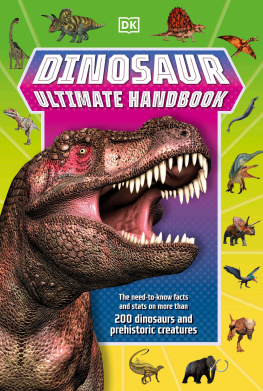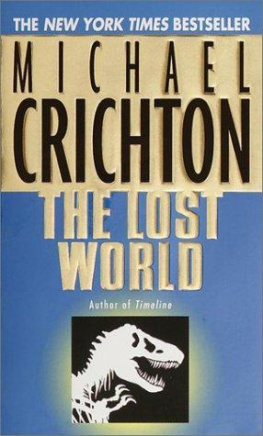

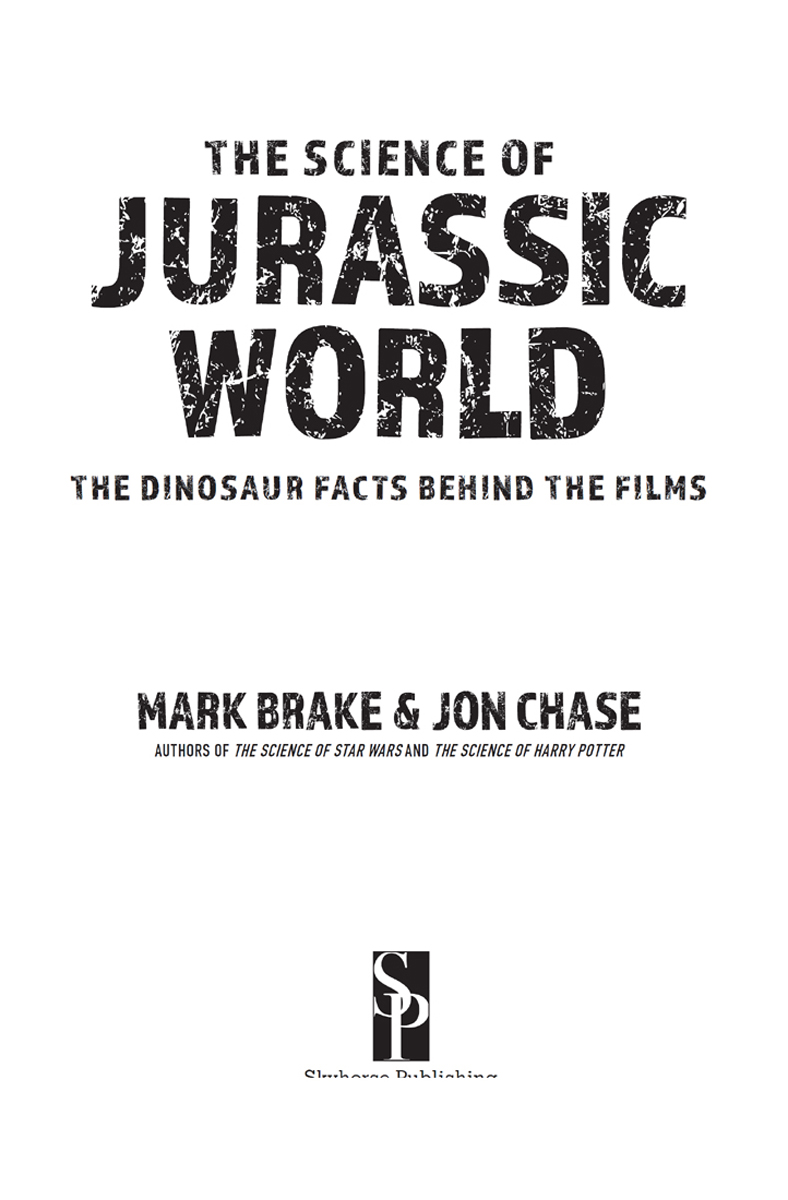
Copyright 2021 by Mark Brake & Jon Chase
All rights reserved. No part of this book may be reproduced in any manner without the express written consent of the publisher, except in the case of brief excerpts in critical reviews or articles. All inquiries should be addressed to Skyhorse Publishing, 307 West 36th Street, 11th Floor, New York, NY 10018.
Skyhorse Publishing books may be purchased in bulk at special discounts for sales promotion, corporate gifts, fund-raising, or educational purposes. Special editions can also be created to specifications. For details, contact the Special Sales Department, Skyhorse Publishing, 307 West 36th Street, 11th Floor, New York, NY 10018 or .
Skyhorse and Skyhorse Publishing are registered trademarks of Skyhorse Publishing, Inc., a Delaware corporation.
Visit our website at www.skyhorsepublishing.com.
10 9 8 7 6 5 4 3 2 1
Library of Congress Cataloging-in-Publication Data is available on file.
Cover design by Daniel Brount
Cover photo by Getty Images
Print ISBN: 978-1-5107-6258-9
Ebook ISBN: 978-1-5107-6259-6
Printed in the United States of America
For Bryher, Eden, and Hallie
CONTENTS
DINOSAUR TIMELINE
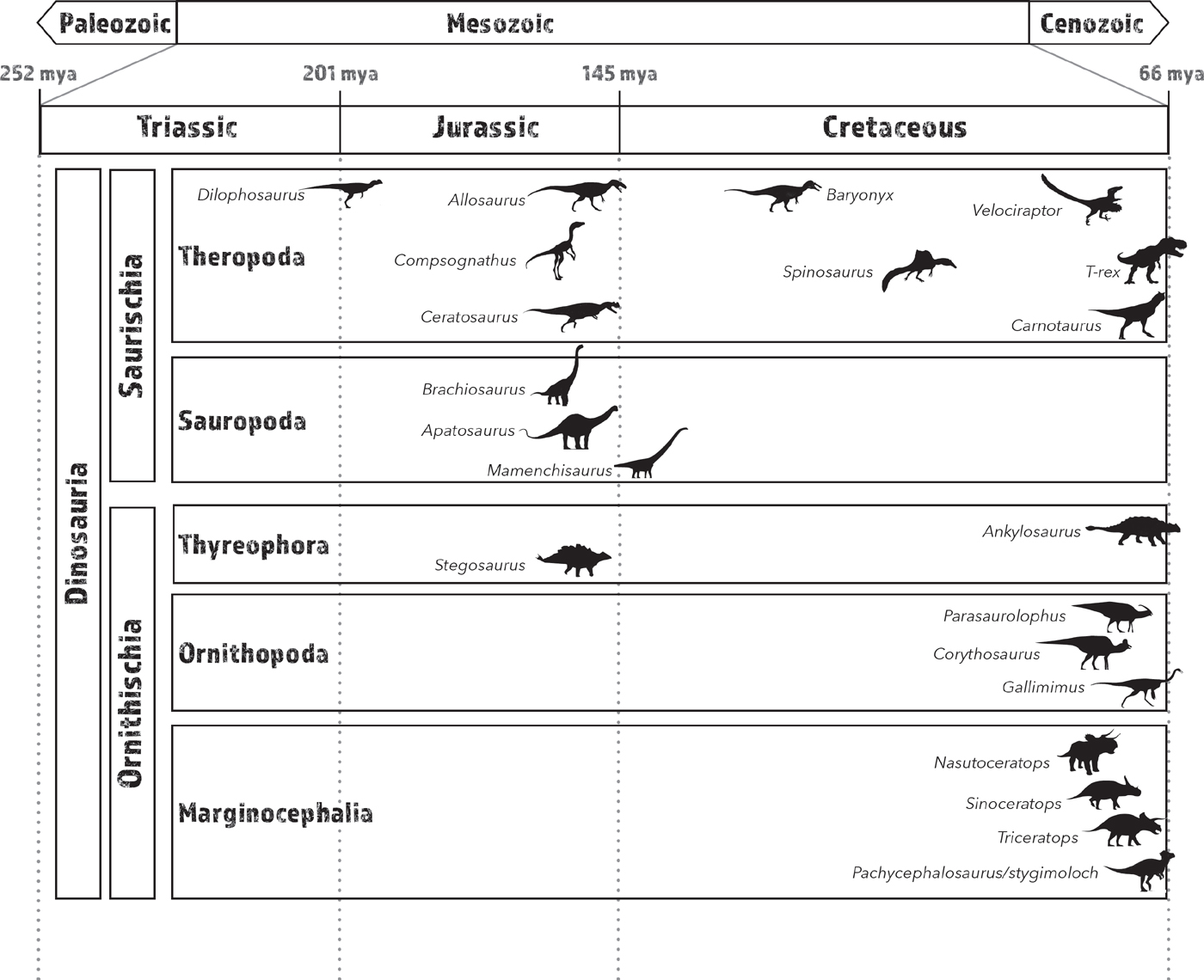
Dinosaur timeline showing all the dinosaurs of the movie franchise so far and when they existed
INTRODUCTION:HOW DID JURASSIC PARK TRANSFORM DINOSAUR SCIENCE?
I think the first Jurassic Park was the best thing thats ever happened to dinosaur paleontology. That led to an explosion of public interest in dinosaurs... and that led directly to a lot of museums putting out dinosaur exhibits. A lot of universities put out courses, and [there was] a lot more interest and money in the field. A lot of my colleagues got jobs specifically because of Jurassic Park, because a museum or university wanted to hire a paleontologist after that. So, I do think there is a really, really good chance I wouldnt have my job today if the book was never written, if the movie was never made. I think dinosaur paleontology right now would still be a really niche discipline, with only a handful of people around the world studying it.
Interview with paleontologist Steve Brusatte, The Verge (June 23, 2018)
Until twenty years ago dinosaurs were widely assumed to be large lumpen lizards that became extinct millions of years ago. Discoveries in China have since shown dramatically that many were fast and feathered and some survived the great extinctions and are the ancestors of our modern birds. The recently discovered Chinese fossils of feathered dinosaurs are so well-preserved, scientists can even work out the feathers color and where they were found on the dinosaurs bodies and theorize about their use for displays, insulation and, in some cases perhaps, flight. Even a large T. rex may have had downy feathers, and it appears the small velociraptors had long quill-like feathers arranged on arms that look like wings.
BBC Radio 4, In Our Time: Feather Dinosaurs (2017)
An Iconic Dinosaur Movie
Jurassic Park was not the first science fiction to influence science, of course. To name but a few early influences: The submarine was invented in the imagination of Jules Vernes 1870 book Twenty Thousand Leagues Under the Sea. The atomic bomb was conjured up by H. G. Wells in his 1914 novel The World Set Free. And NASA stole the 10-9-8-7-6 idea of the rocket countdown from Fritz Langs 1929 sci-fi film Frau im Mond (Woman in the Moon). Over the years there have been many, many more.
But heres the unique thing about the science fiction of Jurassic Park: It influenced the way in which science looks at the past, rather than the future. The evolution of the field of dinosaur science, how it has blossomed by bounds and branched out in recent years, has been thanks in no small part to Steven Spielbergs iconic movie.
It all began in 1993. The year before had seen mostly mundane movies. But when Jurassic Park premiered on June 9 at the Uptown Theater in Washington, DC, and on general release from June 11 in the United States, it went on to gross over $914 million worldwide in its original theatrical run. Jurassic Park became the highest-grossing movie of that year, and the highest-grossing film ever at the time, a record held until the 1997 release of Titanic. Following Jurassic Parks three-dimensional (3D) re-release in 2013, in celebration of its twentieth anniversary, the dinosaur movie became only the seventeenth film in history to surpass the $1 billion ticket-taking sale total. Finally, in 2018, it was announced that Jurassic Park was selected for preservation in the United States National Film Registry by the Library of Congress for being culturally, historically, or aesthetically significant.
And just look at the franchise Jurassic Park went on to spawn. Adjusted for inflation, Jurassic World is the seventh-highest-grossing movie franchise of all time (for more data see IMDB):
James Bond
Star Wars
Marvel Cinematic Universe
Harry Potter
The Lord of the Rings
Batman
Jurassic Park
Spider-Man
Pirates of the Caribbean
X-Men
Such statistics came with a cultural clout. Moviegoers the world over were seduced by the sight of the dinosaurs. Gone were the days of clunky stop-motion T. Rex versus Trike droll dinosaur battles to the death. In its place were stunning technical achievements in visual effects and sound design. Jurassic Park is still considered a landmark in the development of computer-generated imagery and animatronic visual effects. I vividly recall seeing the film for the first time. Sitting in movie theaters, many of us were struck by the realization of what the ongoing CGI revolution might mean for presenting science on the silver screen. The dinosaurs were created with groundbreaking CGI by Industrial Light & Magic, the American motion picture visual effects company founded in May 1975 by George Lucas. The dinosaurs looked jaw-dropping.
As a result, we shared in Dr. Alan Grants emotions as he first sees the brachiosaurus (I am happy to tell you its pronounced brake-ee-o-saw-rus) move across the screen with such towering elegance (even if its haunting call is actually the sound of a whale and a donkey). Fictional paleontologist Grant seems so gobsmacked by the CGI, which finally does justice to the science, that he merely utters, Its a dinosaur! When John Hammond tells Grant that the Park also has a T. rex, Grant almost faints and barely recovers before we spy a herd of brachiosaurs and crested, duck-billed parasaurolophus at the lake. Later, Hammond declares of the Parks dinosaurs, Theyll capture the imagination of the entire planet. And so, they did.
A New Generation of Dinosaur Hunters
Without Jurassic Park, many dinosaur hunters wouldnt have a job. The movie led to an explosion in the publics interest in dinosaurs. And soon, by extension, it led to a boom in people wanting to research dinosaur science. How did this renaissance happen? The movie created a brand-new image of dinosaurs for the emergent generation. Dinosaurs were now dynamic, lively, and intelligent creatures. The explosion of public interest meant a lot more museums created dinosaur exhibits. And there was a huge increase in the number of colleges and universities running dinosaur-related courses. And that meant more money for the field of dinosaur science.
Next page
